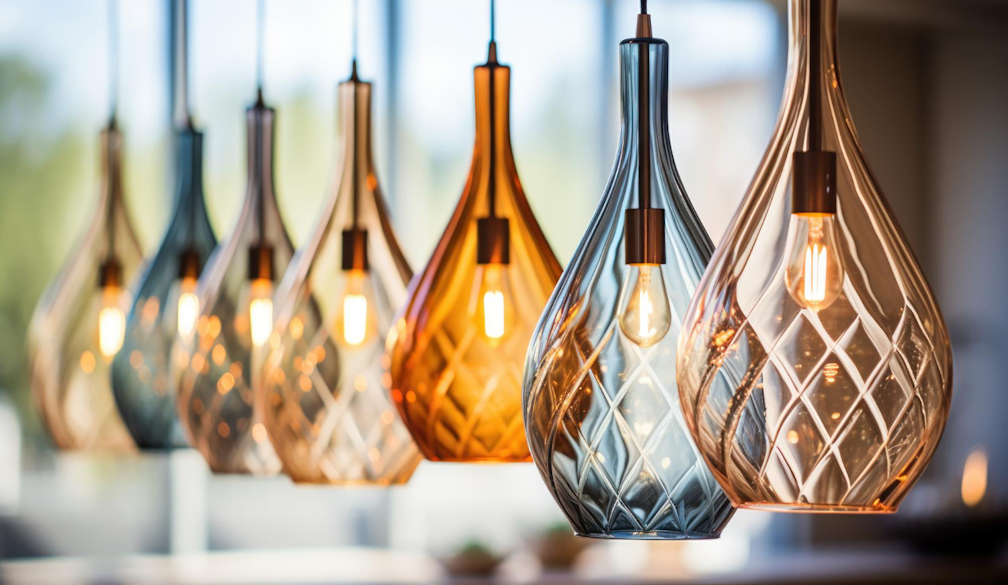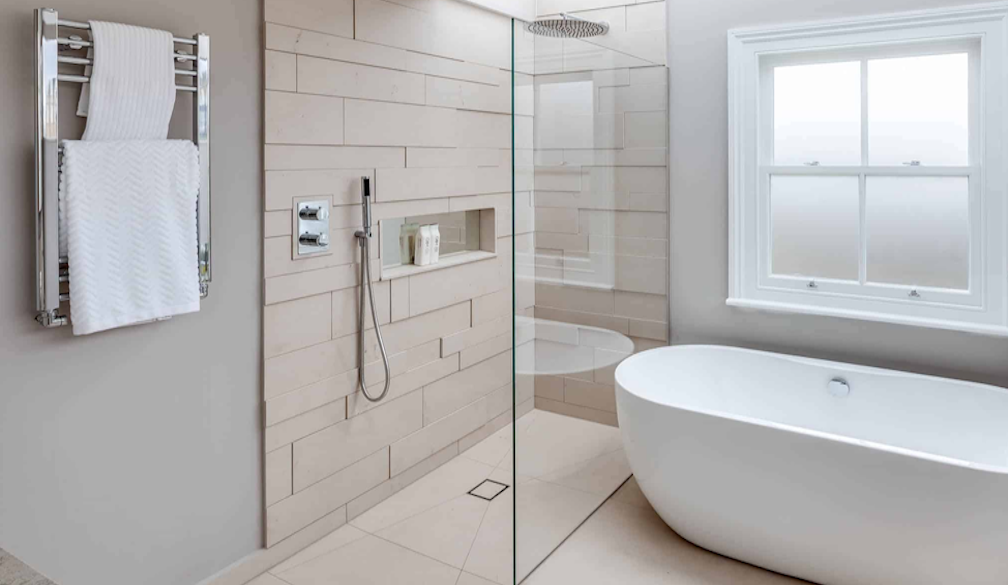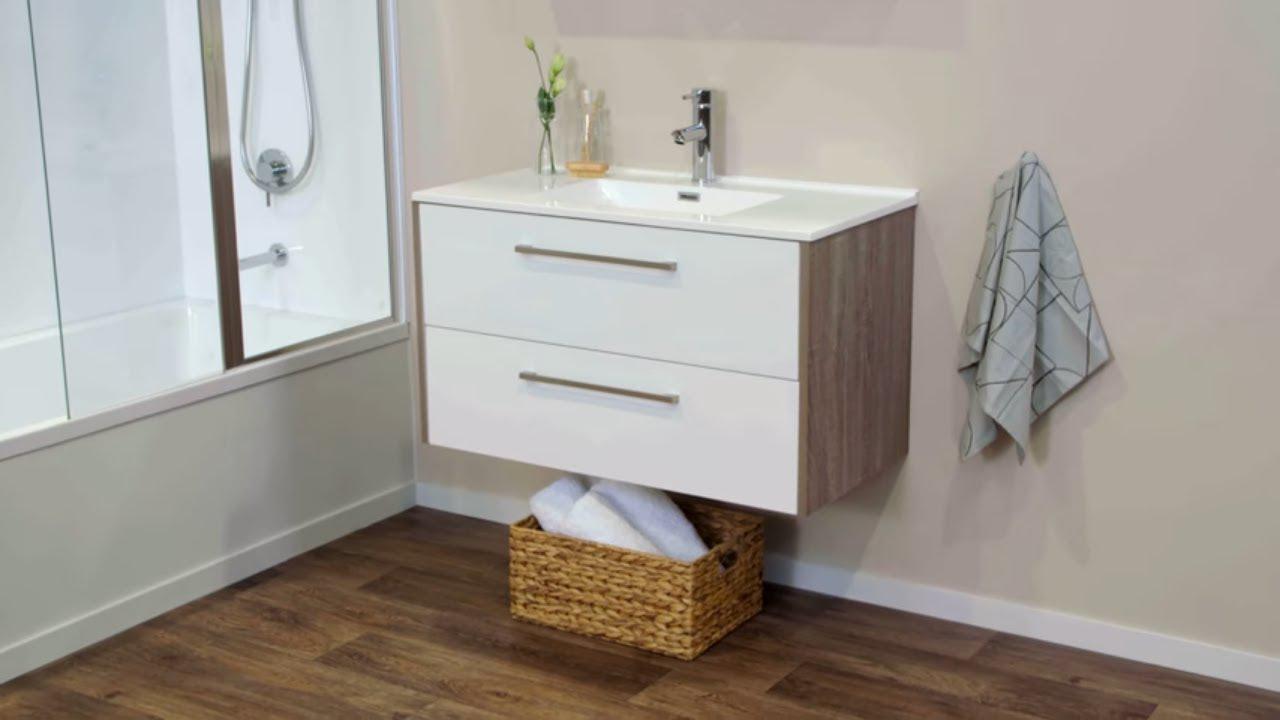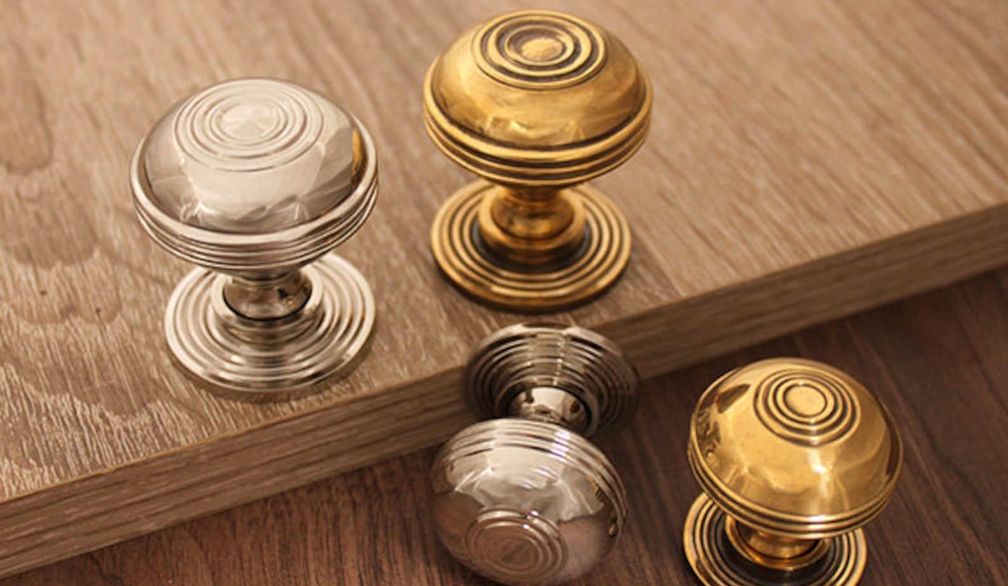How Do Pendant Lights Differ from Chandeliers and Ceiling Lights
- Written by Daily Sun

Lighting is an essential aspect of interior design, providing not just illumination but also style and ambiance to a space. Among the various types of lighting fixtures available, pendant lights, chandeliers, and ceiling lights are some of the most popular choices. While they all serve the purpose of lighting up a room, each type has its own unique characteristics and functions. In this article, we'll delve into the differences between pendant lights, chandeliers, and ceiling lights to help you understand which might be the best fit for your home.
Pendant Lights: Elegance and Versatility
Pendant lighting are suspended from the ceiling by a cord, chain, or rod, typically hanging down in a single fixture. They come in various sizes, shapes, and styles, ranging from minimalist designs to intricate pieces of art. One of the primary advantages of pendant lights is their versatility. They can be used as task lighting over kitchen islands or dining tables, as accent lighting in living rooms or entryways, or even as ambient lighting in bedrooms or hallways.
Pendant lights are known for their ability to create a focal point in a room while adding a touch of elegance and sophistication. They are particularly popular in modern and contemporary interior designs, where they can complement the overall aesthetic seamlessly. Additionally, pendant lights offer the flexibility to adjust the height according to preference, allowing for customised lighting solutions tailored to specific needs.
Chandeliers: Statement Pieces with Grandeur
Chandeliers are perhaps the most iconic and ornate of all lighting fixtures. Traditionally associated with luxury and opulence, chandeliers are characterised by multiple arms or branches adorned with crystals, glass, or other decorative elements. Unlike pendant lights, which typically hang in a single fixture, chandeliers are suspended from the ceiling and feature multiple light sources.
Chandeliers serve as statement pieces in a room, often becoming the focal point around which the entire décor revolves. They are commonly found in formal spaces such as dining rooms, entryways, or grand living rooms, where they exude a sense of grandeur and sophistication. However, modern interpretations of chandeliers have expanded their use to various interior styles, including contemporary and even minimalist designs.
Ceiling Lights: Practicality and Functionality
Ceiling lights, also known as flush mounts or semi-flush mounts, are fixtures that are mounted directly onto the ceiling without any hanging elements. They come in a wide range of styles, from simple and understated designs to more decorative and elaborate ones. Ceiling lights are prised for their practicality and functionality, providing overall illumination to a room without taking up much space or drawing too much attention.
Unlike pendant lights and chandeliers, which often serve as decorative accents, ceiling lights are more utilitarian in nature. They are commonly used in areas where ample lighting is required, such as kitchens, hallways, or bathrooms. Ceiling lights are also popular choices for low-ceilinged spaces where pendant lights or chandeliers might feel overwhelming or impractical.
Conclusion
In summary, pendant lights, chandeliers, and ceiling lights each have their own distinctive characteristics and functions. Pendant lights offer elegance and versatility, chandeliers make a statement with their grandeur, and ceiling lights provide practicality and functionality. When choosing the right lighting fixture for your space, consider not only the aesthetics but also the intended purpose and ambiance you wish to create. By understanding the differences between these lighting options, you can make informed decisions that enhance both the style and functionality of your home.

















